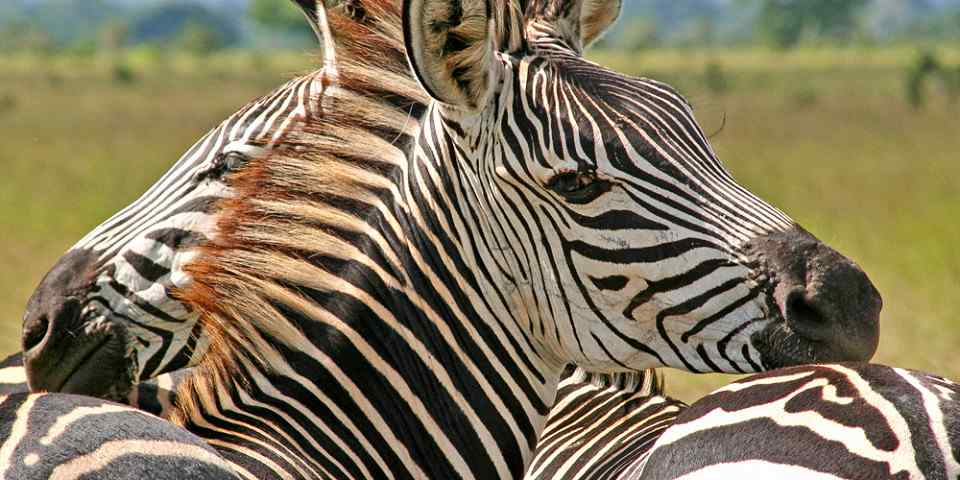
How Long Does It Take To Climb Mount Kilimanjaro?
It takes at least five days to climb Mount Kilimanjaro. However, a minimum of six days, and ideally seven or eight, offers a far better chance of reaching the top. For those with longer to spare, there are several more gradual and scenic ascent routes that can be done over 10 or more days.
Kilimanjaro is an extraordinary natural icon. The world’s tallest freestanding mountain, it is volcanic in origin and towers almost 5km/3mi above the hot dusty plains of northeast Tanzania. The jagged glacial peaks, which frame the gaping Kibo Crater, support a year-round cover of snow. This is despite lying only 400km/249mi south of the equator.
Things To Consider in Advance
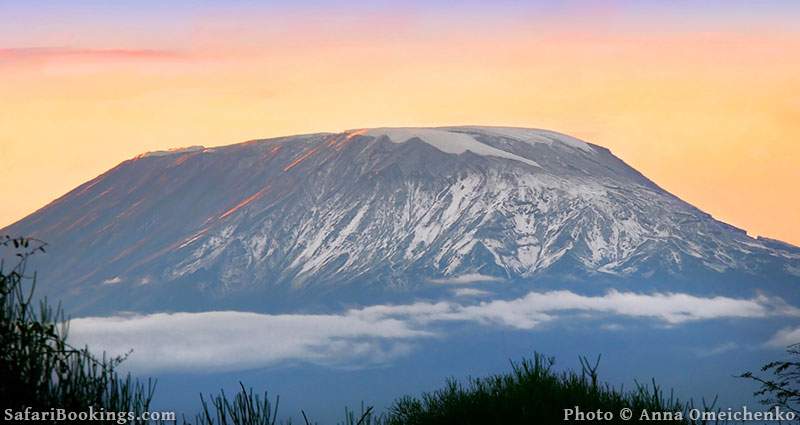
Mount Kilimanjaro tops the bucket list of many keen hikers and peak-baggers, those attempting to reach a collection of summits. Not only is its 5,895m/19,340ft Uhuru Peak the highest point in Africa, but it can be summited without specialised mountaineering experience or equipment. For all that, this majestic mountain is not to be underestimated. It requires a fair degree of fitness and determination to climb Kilimanjaro. And hikers should be alert to the health risks associated with the unusually rapid gain in altitude. All climbs of Kilimanjaro must be arranged with a registered Tanzanian operator, who will provide guides and porters, as well as camping gear, meals and water. The duration of a Kilimanjaro climb is almost invariably agreed in advance and will depend upon several factors. These include the route you opt to take, as well as your budget, your level of fitness, and how much time you allow for acclimatisation.
The world record for a Kilimanjaro climb, set in 2014, belongs to the Swiss mountain runner Karl Egloff, who completed the full ascent and descent in under seven hours. At the other end of the timing scale, relaxed mountain goats could think about dedicating two weeks to circumnavigating the upper slopes of Kilimanjaro before they actually summit. But these are extremes. Most commercial hikes take between five and seven days.
Recommended Duration & Success Rate
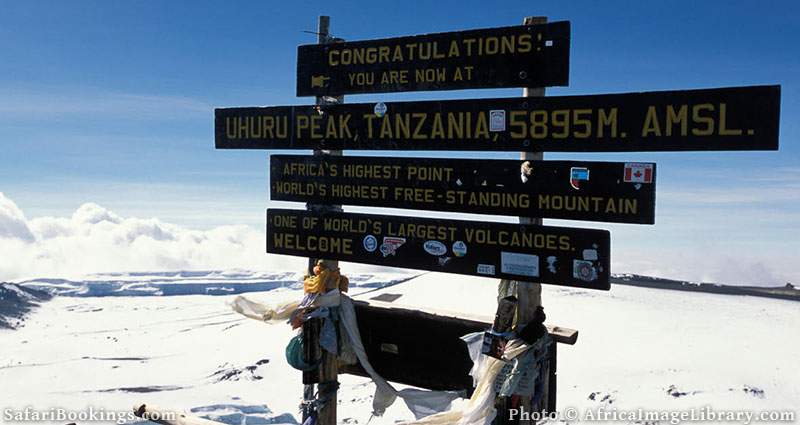
The longer you allocate to a Kilimanjaro expedition, the greater the odds of summiting. Data accumulated by Kilimanjaro National Park indicates that fewer than 30 percent of those who attempt a five-day climb reach the top. For six- and seven-day climbs, the success rate increases to around 45 and 65 percent respectively. By contrast, more than 85 percent of those who allocate eight days or longer reach the summit. Allowing seven days or longer for a Kilimanjaro has several advantages. It is safer than a shorter climb, with a reduced risk of altitude-related illness and fatigue-related accidents. A longer climb also allows you to opt for one of the quieter and more scenic alternatives to the oversubscribed Marangu Route. It gives you greater opportunity to appreciate the landscapes and vegetation, ranging from leafy montane rainforest to Afro-alpine moorland studded with giant lobelias and heathers. And it provides a better chance of encountering monkeys, chameleons, birds and other wildlife.
There are two major downsides to a longer climb. The first is that every extra day on the mountain attracts additional park fees and increases the overall cost of the expedition. The second is that it allows less time for exploring other iconic Tanzania attractions such as Serengeti National Park, Ngorongoro Crater and Zanzibar. Despite this, given that the climb is a once-in-a-lifetime experience, we strongly recommend allocating at least six or better seven days to Kilimanjaro.
Kilimanjaro Route Choice
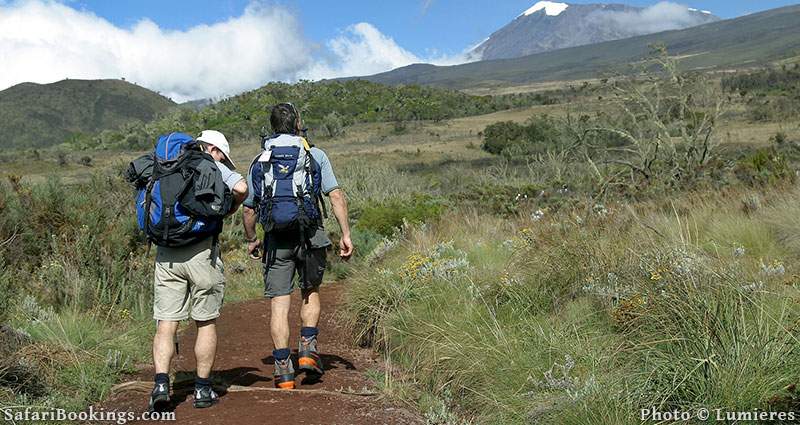
How long it takes to climb Kilimanjaro depends largely on which route you use. There are six main routes, and all have their pros and cons. Most hikers use the Marangu Route, since it is quicker, cheaper and in many ways more convenient than any alternative, Unfortunately, the Marangu Route also suffers from overcrowding. Of the other routes, Machame is a popular compromise for cost-conscious travellers wanting to avoid the crowds. More scenic, gradual and quieter options suited to solitude-seeking outdoor lovers with deep pockets are the Shira, Lemosho, Rongai and Northern Circuit routes.
There are also two other routes: Umbwe and Mweka. These fast but steep routes are recommenced only to very experienced mountain hikers who don’t require much acclimatisation. However, the Mweka Route is often used as a quick descent route by people who ascended via Machame, Shira or Lemosho.
Factors Affecting How Long It Takes To Climb Kilimanjaro

The number of days allocated to virtually all Kilimanjaro climbs is fixed in advance. So, when it comes to duration, there are seldom any surprises, other than that ill or injured climbers may need to cut things short to return to base. However, a number of factors will affect how likely you are to summit successfully, and it is worth thinking these through in advance.
Other Preparations
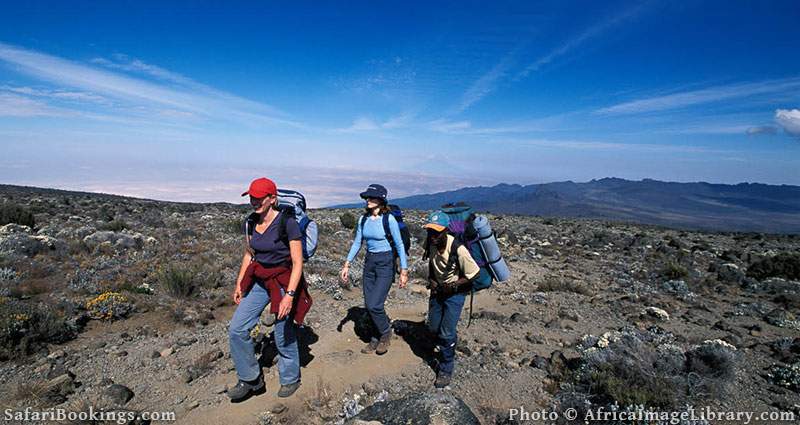
Kilimanjaro is cold at night, and it can be very wet too, with a fierce tropical sun by day at higher altitudes. The following items are necessary or highly desirable for a successful trek:
Want To Climb Mt Kilimanjaro?
Click on the button below to compare Mt Kilimanjaro climbing, trekking and hiking tours offered by top-rated tour operators.
 By Philip Briggs
By Philip Briggs Philip is a renowned Africa expert and author of the Bradt guidebook to Tanzania.
More About This AuthorSafari Tours to Tanzania
-

4-Day Amazing Tanzania Standard Safari
$1,210 pp (USD)
Tanzania: Private tour
Mid-range Lodge & Tented CampYou Visit: Arusha (Start), Tarangire NP, Serengeti NP, Ngorongoro Highlands, Ngorongoro Crater, Arusha (End)

Migration Venture Africa
4.9/5 – 491 Reviews
-
![4-Day Private Safari Lodge and Camping Adventure]()
4-Day Private Safari Lodge and Camping Adventure
$1,550 pp (USD)
Tanzania: Private tour
Mid-range Camping & LodgeYou Visit: Arusha (Start), Tarangire NP, Serengeti NP, Ngorongoro Crater, Arusha (End)

Go Serengeti African Tours
4.9/5 – 443 Reviews
-
![7-Day All-Inclusive Luxury Family Safari]()
7-Day All-Inclusive Luxury Family Safari
$3,630 to $3,840 pp (USD)
Tanzania: Private tourLuxuryLodge & Tented Camp
You Visit: Arusha (Start), Tarangire NP, Lake Manyara NP, Serengeti NP, Ngorongoro Crater, Arusha (End)

Lion King Adventures
5.0/5 – 1,356 Reviews





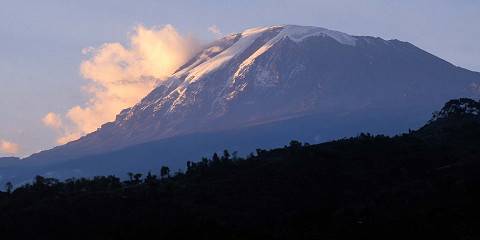
 Subscribe to our newsletter
Subscribe to our newsletter
 Follow us on Instagram
Follow us on Instagram


